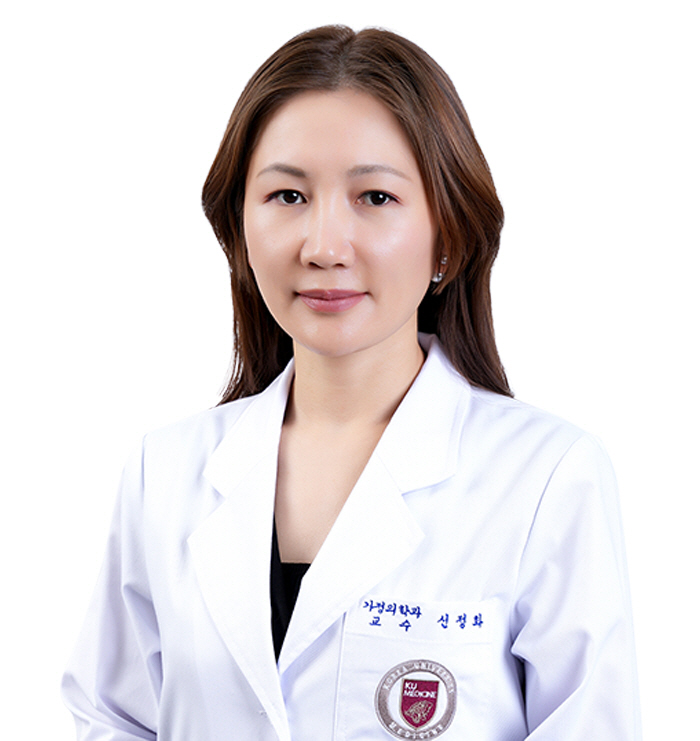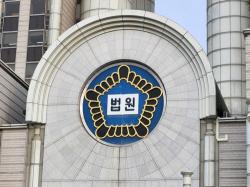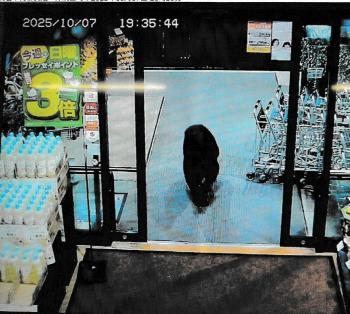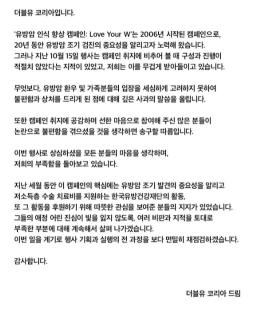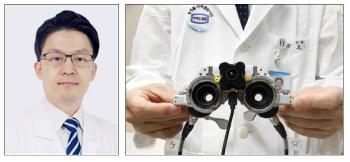New Criteria for CT-Based Korean Sarcopenia Diagnosis...Aging Social Health Indicators Expected
May 16, 2025
A study has shown that Korean muscle mass levels can be evaluated by age through computed tomography (CT). Academia's attention is focused on the fact that it is possible to evaluate sarcopenia more objectively using CT data used in health checkups.
Professor Shin Jeong-hwa of the Department of Family Medicine at Korea University Ansan Hospital (Research Director Yang Seung-oh of the Department of Nuclear Medicine at Semyung Christian Hospital) published a research paper on 'Normal Data for Age-specific Skeletal Muscle Area Based on Computed Tomography in Korean Population' that contains this information. The study was confirmed to be published in 'Age and Aging', a world-renowned journal in the field of gerontology.
Sarcopenia is a disease in which the amount and function of muscles gradually decrease with age, which greatly reduces the quality of life in old age by increasing the risk of falls and fractures. As Korea is rapidly aging around the world, the importance of preventing and managing sarcopenia is increasing.
Until now, double energy X-ray absorption measurement (DXA) or bioelectrical resistance analysis (BIA) has been mainly used for muscle mass measurement, and there are few standard muscle mass data for Koreans using CT, making it difficult to set quantitative evaluation and diagnostic criteria.
This study is a multicenter retrospective study that analyzed data from 2,637 healthy adults (1,366 males and 1,271 females) over the age of 20 who underwent abdominal CT scans at health promotion centers at four medical institutions, including Semyung Christian Hospital, Bundang Cha Hospital, Ajou University Hospital, and Wonkwang University Hospital.
The research team precisely measured the skeletal muscle area (SMA) of the cross section of the third lumbar spine (L3) in CT images and calculated various skeletal muscle indices (SMI) that were corrected by height, weight, and body mass index (BMI). After that, the T-score (a standard deviation standard expression of how lacking an individual's muscle mass is compared to the young adult average) was calculated based on the group of young adults aged 20 to 39 to establish a diagnostic reference point for sarcopenia. If the T-score was between -1.0 and -2.0, it was classified as Level 1 sarcopenia (Class I), and if it was less than -2.0, it was classified as Level 2 sarcopenia (Class II).
As a result of the study, the prevalence of sarcopenia increased with age. In the case of stage 2 sarcopenia, men ranged from 1.0% to 5.5% and women ranged from 1.3% to 8.3% depending on the indicators, suggesting that a significant number of elderly people are at risk of sarcopenia. In particular, the indicators for judging sarcopenia were found to be different according to gender, with men's simple skeletal muscle area (SMA) indicators and women's skeletal muscle index (SMA/BMI) corrected by body mass index (BMI) best reflect sarcopenia. This means that in the case of women, it may be necessary to consider other body composition factors such as body fat.
Professor Shin Jung-hwa, the first author of the research paper, said, "This study is of great significance in that it was the first multicenter study to present reference values for diagnosing sarcopenia using CT in healthy Koreans."
Professor Yang Seung-oh, Director of Research, said "In cancer patients, sarcopenia is known to have a significant impact on the prognosis, but there has been a difficulty in the study due to the lack of standardized CT-based diagnostic criteria.""The health person reference data presented this time will serve as an important basis for identifying the role of sarcopenia in the field of oncology in the future and establishing treatment strategies "" expressed expectation.
Academia evaluates that this study will contribute to the establishment of policies to prevent and manage related diseases in the future by preparing criteria for diagnosing sarcopenia that reflect the characteristics of Koreans. In particular, it is expected that it will become more important to prepare for a healthy old age through regular muscle mass checks and active management in the population over the age of 60.
Professor Shin Jeong-hwa of the Department of Family Medicine at Korea University Ansan Hospital (Research Director Yang Seung-oh of the Department of Nuclear Medicine at Semyung Christian Hospital) published a research paper on 'Normal Data for Age-specific Skeletal Muscle Area Based on Computed Tomography in Korean Population' that contains this information. The study was confirmed to be published in 'Age and Aging', a world-renowned journal in the field of gerontology.
Sarcopenia is a disease in which the amount and function of muscles gradually decrease with age, which greatly reduces the quality of life in old age by increasing the risk of falls and fractures. As Korea is rapidly aging around the world, the importance of preventing and managing sarcopenia is increasing.
Until now, double energy X-ray absorption measurement (DXA) or bioelectrical resistance analysis (BIA) has been mainly used for muscle mass measurement, and there are few standard muscle mass data for Koreans using CT, making it difficult to set quantitative evaluation and diagnostic criteria.
This study is a multicenter retrospective study that analyzed data from 2,637 healthy adults (1,366 males and 1,271 females) over the age of 20 who underwent abdominal CT scans at health promotion centers at four medical institutions, including Semyung Christian Hospital, Bundang Cha Hospital, Ajou University Hospital, and Wonkwang University Hospital.
The research team precisely measured the skeletal muscle area (SMA) of the cross section of the third lumbar spine (L3) in CT images and calculated various skeletal muscle indices (SMI) that were corrected by height, weight, and body mass index (BMI). After that, the T-score (a standard deviation standard expression of how lacking an individual's muscle mass is compared to the young adult average) was calculated based on the group of young adults aged 20 to 39 to establish a diagnostic reference point for sarcopenia. If the T-score was between -1.0 and -2.0, it was classified as Level 1 sarcopenia (Class I), and if it was less than -2.0, it was classified as Level 2 sarcopenia (Class II).
As a result of the study, the prevalence of sarcopenia increased with age. In the case of stage 2 sarcopenia, men ranged from 1.0% to 5.5% and women ranged from 1.3% to 8.3% depending on the indicators, suggesting that a significant number of elderly people are at risk of sarcopenia. In particular, the indicators for judging sarcopenia were found to be different according to gender, with men's simple skeletal muscle area (SMA) indicators and women's skeletal muscle index (SMA/BMI) corrected by body mass index (BMI) best reflect sarcopenia. This means that in the case of women, it may be necessary to consider other body composition factors such as body fat.
Professor Shin Jung-hwa, the first author of the research paper, said, "This study is of great significance in that it was the first multicenter study to present reference values for diagnosing sarcopenia using CT in healthy Koreans."
Professor Yang Seung-oh, Director of Research, said "In cancer patients, sarcopenia is known to have a significant impact on the prognosis, but there has been a difficulty in the study due to the lack of standardized CT-based diagnostic criteria.""The health person reference data presented this time will serve as an important basis for identifying the role of sarcopenia in the field of oncology in the future and establishing treatment strategies "" expressed expectation.
Academia evaluates that this study will contribute to the establishment of policies to prevent and manage related diseases in the future by preparing criteria for diagnosing sarcopenia that reflect the characteristics of Koreans. In particular, it is expected that it will become more important to prepare for a healthy old age through regular muscle mass checks and active management in the population over the age of 60.
|
This article was translated by Naver AI translator.
